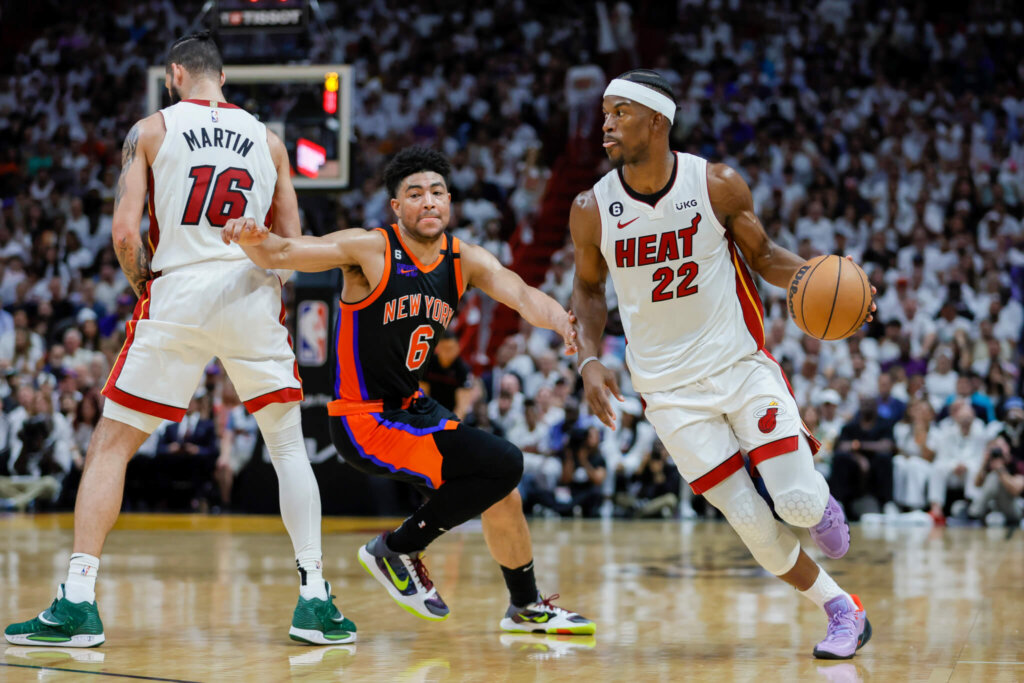Ukraine Conflict: How Warmer Weather Affects Russia's Military Campaign

Table of Contents
The Ukraine conflict is a complex and dynamic situation, constantly evolving based on numerous factors. One often-overlooked element is the significant impact of weather, particularly the shift from winter's frozen ground to the warmer, wetter conditions of spring. This article explores how warmer weather is affecting Russia's military campaign in Ukraine, impacting both offensive and defensive capabilities.
The Impact of Thawing Ground on Military Mobility
The arrival of warmer weather in Ukraine brings with it a significant challenge for military operations: the "rasputitsa." This term, of Russian origin, refers to the period of spring thaw when the ground becomes soft and muddy, rendering it nearly impassable for heavy military vehicles.
The "Rasputitsa" Factor
Historically, the rasputitsa has played a crucial role in shaping military campaigns in Eastern Europe. The deeply saturated soil transforms roads and fields into treacherous bogs, significantly hampering the movement of armored vehicles.
- Increased difficulty for heavy armored vehicles: Tanks, armored personnel carriers, and other heavy equipment become easily bogged down, limiting their mobility and effectiveness.
- Limitations on supply lines and resupply efforts: The muddy conditions make it extremely difficult to transport supplies, ammunition, and fuel to the front lines, potentially leading to shortages.
- Vulnerability of mechanized units to ambushes and attacks: Slow-moving, bogged-down units become easier targets for Ukrainian forces employing guerilla tactics and ambushes.
- Potential for equipment losses due to bogging down: Vehicles that become stuck are vulnerable to enemy fire and may require significant effort, and time, to recover.
- Impact on Russia's reliance on heavy armor: Russia's military doctrine relies heavily on armored formations. The rasputitsa significantly undermines this strength, neutralizing a key advantage.
Implications for Russia's Offensive Capabilities
The thawing ground significantly hinders Russia's ability to launch large-scale mechanized offensives. This presents a significant advantage to Ukraine.
- Reduced speed and maneuverability of Russian forces: The slow pace imposed by the muddy conditions limits the speed and effectiveness of Russian advances.
- Constraints on the deployment of heavy artillery and tanks: Moving heavy artillery and tanks becomes extremely difficult, severely limiting their effectiveness in supporting offensives.
- Increased vulnerability to Ukrainian counterattacks: The slowed pace of Russian forces creates more opportunities for Ukrainian counterattacks and ambushes.
- Potential for logistical bottlenecks and supply shortages: The disruption of supply lines due to the muddy conditions can create significant logistical challenges and shortages.
- Impact on the timing and success of any planned Russian offensives: The rasputitsa may force Russia to postpone or significantly alter its offensive plans.
Warmer Weather and the Ukrainian Counteroffensive
Conversely, warmer weather offers significant advantages to Ukraine, particularly in launching a counteroffensive.
Improved Conditions for Ukrainian Forces
Ukraine's military doctrine relies less heavily on large, slow-moving armored formations and instead emphasizes more mobile infantry and guerilla tactics. This is ideal for the conditions brought on by the spring thaw.
- Easier movement of lighter, more mobile Ukrainian units: Ukrainian forces, with their lighter equipment, are better adapted to navigating muddy terrain.
- Increased effectiveness of Ukrainian guerilla tactics: Ambushes, hit-and-run attacks, and other forms of guerilla warfare become more effective when Russian movements are restricted.
- Improved access to previously inaccessible areas: The thawing may open up previously inaccessible areas, enabling Ukraine to launch attacks from unexpected directions.
- Enhanced logistical support for Ukrainian forces: While still challenging, logistical support for lighter, more mobile units is less affected by the muddy conditions than for heavier Russian equipment.
- Potential for rapid advances and territorial gains: Ukraine's improved mobility creates opportunities for rapid advances and the recapture of lost territory.
Opportunities for Ukrainian Advances
The warmer weather may present significant strategic opportunities for Ukraine.
- Potential breakthroughs on key fronts: The rasputitsa could create vulnerabilities in the Russian lines, allowing Ukrainian forces to achieve breakthroughs.
- Liberation of occupied settlements: Improved mobility could enable Ukraine to liberate towns and villages currently occupied by Russian forces.
- Disruption of Russian supply lines and communications: Targeting vulnerable Russian supply lines and communication networks becomes easier when their movement is restricted.
- Shifting the momentum of the conflict in Ukraine's favor: Successful Ukrainian counteroffensives during this period could significantly shift the momentum of the war.
Changing Battlefield Conditions and their Impact on Military Strategy
The changing weather conditions are forcing both sides to adapt their military strategies.
Shifting Tactical Approaches
Both Russia and Ukraine are adjusting their tactics in response to the changing environment.
- Increased emphasis on air superiority for both sides: Air power becomes increasingly important when ground movement is restricted.
- Adoption of more flexible and adaptable tactics: Both sides need to develop tactics that account for the limitations imposed by the muddy terrain.
- Potential for increased reliance on special forces operations: Special forces, with their smaller, more mobile units, may play a larger role in the conflict.
- Impact on the use of drones and other reconnaissance technologies: Drones and other reconnaissance technologies are crucial for navigating the difficult terrain and avoiding ambushes.
- Importance of maintaining effective communication and coordination: Clear communication and coordination become even more critical when visibility and maneuverability are reduced.
Impact on Civilian Populations
The changing weather conditions also have significant implications for the civilian population.
- Challenges of evacuation and humanitarian assistance: The muddy conditions make it more difficult to provide humanitarian aid and evacuate civilians from conflict zones.
- Increased risks to civilian infrastructure: Damage to roads and bridges caused by heavy military vehicles further exacerbates the challenges faced by civilians.
- Impact on agriculture and food security: The difficult conditions can negatively impact agricultural activities and food security.
- Effects on access to healthcare and essential services: Access to essential services, including healthcare, becomes more difficult.
Conclusion
The impact of warmer weather on the Ukraine conflict is multifaceted and significant. The "rasputitsa" presents serious challenges to Russia's military campaign, while simultaneously improving the operational capabilities of Ukrainian forces. The changing battlefield conditions are forcing both sides to adapt their strategies, emphasizing the crucial role of weather in shaping the trajectory of this ongoing conflict. Staying informed about the evolving situation and the impact of the Ukraine conflict on the battlefield is vital for understanding the future of this war. Continue to follow developments in the Russia military campaign and the effects of warmer weather on military operations in Ukraine.

Featured Posts
-
 Neal Pionk Recent Performance Future Prospects And News
Apr 30, 2025
Neal Pionk Recent Performance Future Prospects And News
Apr 30, 2025 -
 I Klironomia Toy Lempron Tzeims 50 000 Pontoi Kai Pera
Apr 30, 2025
I Klironomia Toy Lempron Tzeims 50 000 Pontoi Kai Pera
Apr 30, 2025 -
 Nba Playoffs Betting Bet Mgm Bonus Code Rotobg 150 For 150
Apr 30, 2025
Nba Playoffs Betting Bet Mgm Bonus Code Rotobg 150 For 150
Apr 30, 2025 -
 Who Is Inka Williams A Look At Channing Tatums Latest Romance
Apr 30, 2025
Who Is Inka Williams A Look At Channing Tatums Latest Romance
Apr 30, 2025 -
 Bet Mgm Bonus Code Rotobg 150 150 For Warriors Vs Rockets And Nba Playoffs
Apr 30, 2025
Bet Mgm Bonus Code Rotobg 150 150 For Warriors Vs Rockets And Nba Playoffs
Apr 30, 2025
